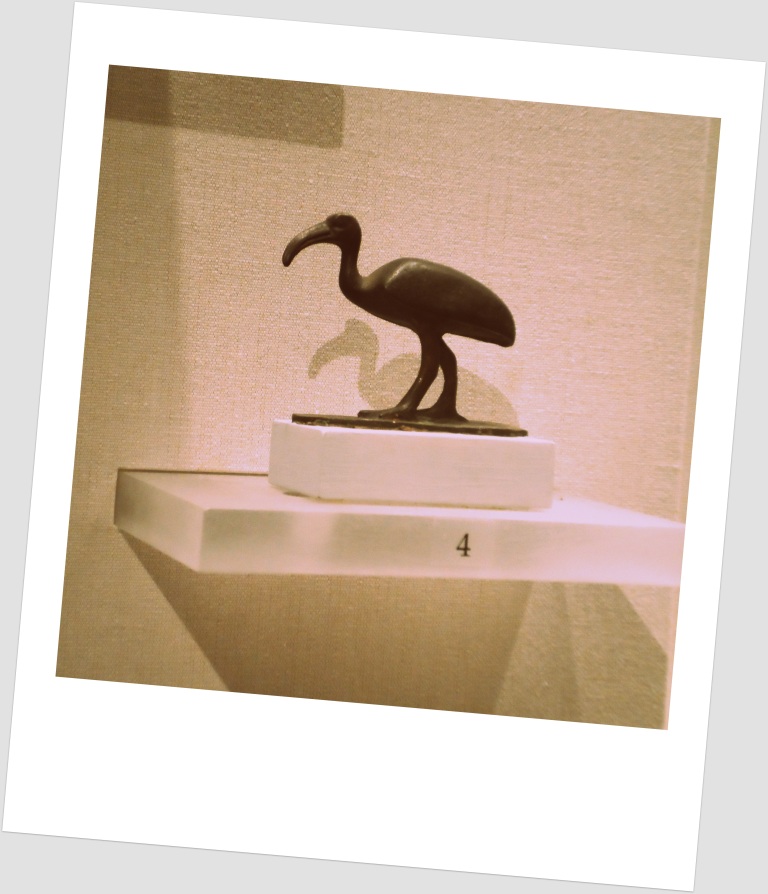
Twice I had the same argument with a colleague over what I termed a ‘generosity of spirit’ in archaeology.
The first time was in the field.
I was concerned by the bad morale of the undergraduate interns and that we weren’t actually teaching them anything. It was apparently standard protocol to throw them in to the deep end of excavation without any real training—and then to criticize them when they went about it the wrong way. Lacking in seniority on the project, I could do little but ensure the students I worked with on laser scanning field surveys were given as much knowledge as I could about the specialization. Getting to know the students under those circumstances put me even more firmly in the concerning picture and even more solidly on their side of it. Eventually, that resulted in said argument with a more senior member of the project’s staff. I argued that archaeology was something to be passed on, skillsets to share—and that we ought to be working towards a discipline-wide generosity of spirit.
If we’re not willing to communicate and share with each other as current and future scholars in the same field, how can we dare to pursue the interdisciplinary future where we’d have to collaborate at large with others?
It did not particularly endear me to several of the other staff members–who labeled me a Leslie Knope of archaeology and let it go at that, returning to the project’s trusted ways of slave labor in the name of a pretend archaeo-education. Initially, I think that was meant to be some kind of insult, one I’ve embraced—especially as “Parks and Recreation” has progressed to such wonderful heights. Amy Poehler and her kindness, her enthusiasm, and her color-coded binders has come to be my goddess and one of my roles models.
The second argument was during a presentation. It was two years later, and that first round of undergraduates from the field had stayed on to work with me in the lab at our home university. They became my first wonderful crew of research assistants. Which was followed by another and then another. It worked out so well, it transitioned into an internship program. And by two years later, there were official presentations at the end of each quarter to showcase each student’s work.
But off to the side, still at his desk, headphones on—that same colleague refused to sacrifice 45 minutes of his time towards the appreciation and constructive criticism of the next archaeo-generation. And again, the same words, the same challenge was issued—where was his generosity of spirit?
That lack of encouragement, of niceness, has been what’s driven me farther away from an academic pursuit of archaeology and towards the applied end of science communication and journalism. But in distancing myself from academia, I have found the far more nurturing archaeological and science community at large that I was always seeking.
Like many interdisciplinary researchers, social media has become the odd and amazing source of new knowledge and exchanged information. And on Twitter, Pinterest, and Facebook—those unlikely bastions for erudite knowledge of any kind or any deep personal communication—I have found much more contextual contentment, thought provoking content, and collaborative mentality than was ever found in a single combative research lab.
Conferences announced on Twitter become more than just another email in my inbox. They become a conversation. When the Digital Heritage 2015 Twitter (@DHeritage2015) was set up, it not only reached out to previous conference participants, it responded enthusiastically to shared memories and began connecting researchers in conversations of 140 character bursts. The conference is still months away, and it’s already doing its job (and ours) better—because of social media.
Or consider Twitter’s #womendigging. The response of the archaeo-community to the serious and humorous layers of that crowd-sourced political statement was so overwhelmingly wonderful, it made me so very happy to be part of the archaeological community. And that was something I, concerningly, hadn’t felt for quite sometime. Academia doesn’t encourage community as it should. But perhaps social media can literally start socializing us and break down the walls of the ivory tower. Non nobis solum—’not for ourselves alone.’ Ironically, its a school motto. And one I have always embraced as a life philosophy towards open access and shared information.
Facebook’s news feed, once tailored to your ‘Like’s, becomes a new repository of on-going archaeo-news that paint a far broader picture than most archaeologist’s encounter in our field of increasing specialization. Between posts from museums, archives, tech companies, Popular Archaeology Magazine, the Archaeology Channel, Past Horizons, and Archaeology Trowels and Tools and so many amazing others—I know what’s happening in the world (far more usefully than were I watching something useless like Fox News). And if you follow the accounts of the few brave archaeologists who embraced social media from the start, like the amazing Kara Cooney and wonderful Colin Renfrew— you get more than just the AP feed, you get their ongoing perspective on the incoming science around us. It’s both invaluable, legendarily, and often hilariously insightful.
And don’t even get me started on Pinterest and Tumblr. Whether individuals are casually cataloguing museum artifacts, archival pictures, or (like me) my favorite science and cultural heritage articles—it’s an oddly in-exhaustive resource both for finding anything you might be looking for and tracking what you’ve seen.
It’s a magickal thing, this digital age. And rather than separate us with all of the ubiquitous devices that distract us at the dinner table, it seems to be uniting us all. Us, as in archaeologists. Us, as in science communicators. Us, as in readers. Us, as in dreamers. Us, as in humankind. With all information so readily accessible and lines of communication open without a bureaucracy —everyone wants to know more, everyone wants to talk more. It’s an interdisciplinary dream and a new kind of generous spirit I hadn’t even dared to imagine, let alone find.
PS I’m @AshMRichter. Come find me. Let’s tweet and be friends.
